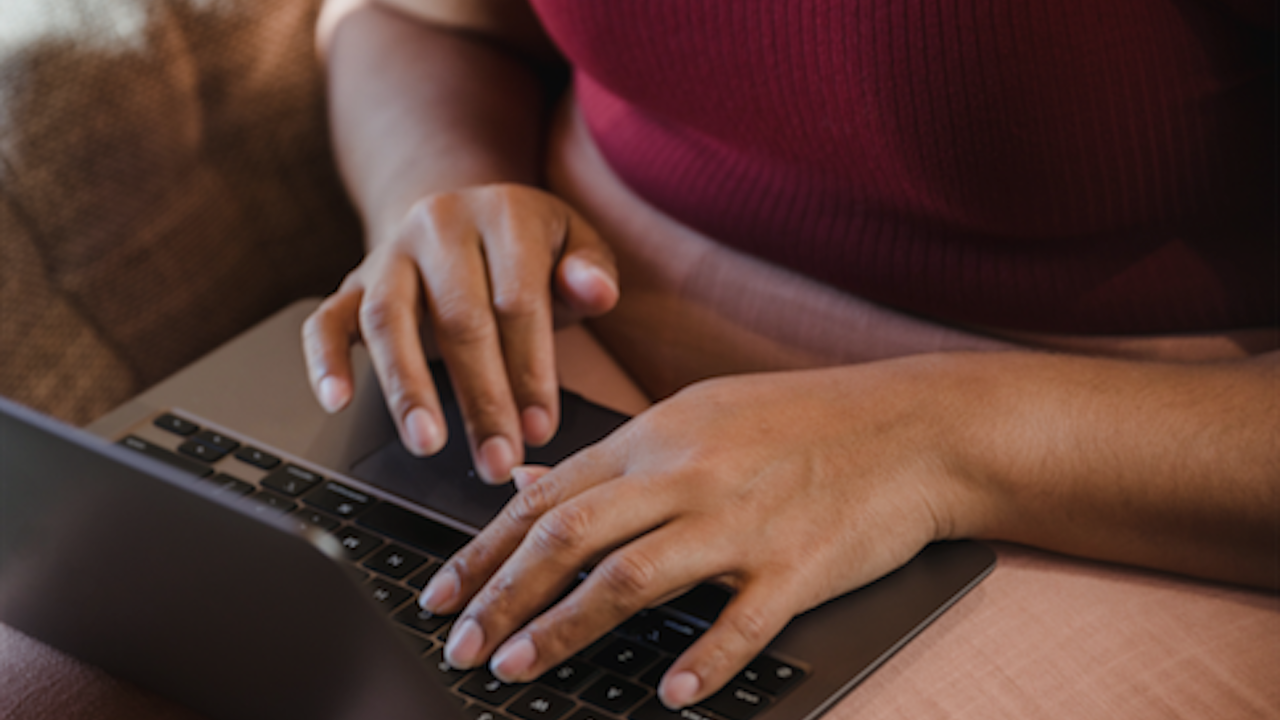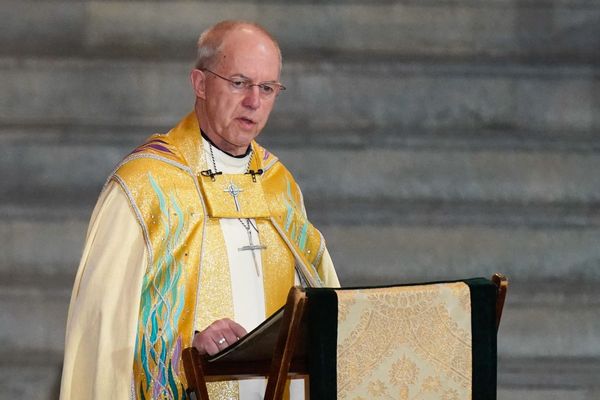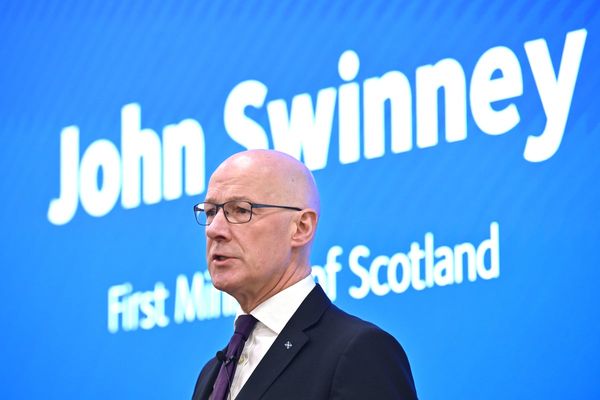
Previously being seen as something that was rigid and fixed, the workplace is now seen as something that we can shape and rearrange to better fit our needs.
Although things are evolving and changing as we speak, there are still some issues with the traditional workplace that need to be fixed. For example, 53% of Aboriginal and/or Torres Strait Islander people surveyed by LinkedIn say they have experienced culturally insensitive behaviour in the workplace.
I’ve been part of many different workplaces. Whether that be in journalism, media, sales or the legal profession.
But every time I entered a new workplace as an Indigenous person (irrespective of the industry), there was always something that stuck out to me: there was a noticeable absence of Indigenous culture or recognition that one even existed.
Simply put: everything felt very white.
This lack of Indigenous culture would hit me as soon as I would walk through the front doors. To some, that might not make much of a difference but to me, it changed the way I would work.
As soon as the feeling of being alone or without culture in the workplace would sink in, the work I’d do would become less about the job itself and more about trying to fit the mould that was very obviously not made for me or my community.
Without any Indigenous recognition or customs in the workplace, I felt like the odd one out. It made me feel like I was an imposter or that I was only hired so that I could make the workplace seem more inclusive because they had one (1) Indigenous person working there.
There are some really simple yet impactful customs that companies can implement to create a more inclusive environment for both Indigenous and non-Indigenous employees.
It’s important to remember that the onus of knowledge should not be on Indigenous employees to educate the workplace, it should be an individual responsibility. That’s why resources like LinkedIn’s Learning Hub are a great source of knowledge so people can become informed about Indigenous culture in their own time.
So, in the spirit of Reconciliation and embracing inclusivity, here are some of the customs I’d love to see implemented in the workplace as an Indigenous person.
Indigenous naming and acknowledgement plaques
A really easy way to make an impactful difference for Indigenous employees in the workplace is to have ‘Acknowledgement of Country’ plaques with the Indigenous name of the country your office sits. Putting the Indigenous names for places (like capital cities) is a workplace custom that is becoming more popular – especially in email signatures. But I think workplaces can go one step further and have a physical plaque in the office. It can just be as simple as having the name of the Indigenous country your office is on followed by an Acknowledgment of Country. This way, you’re not only acknowledging that the sovereignty of the land that you’re on was never ceded, but it’s also a great way for other employees to know what country they are on without having to ask. An appropriate place to put them would be at the entrance of your office so that everyone coming and going can see it.Acknowledgement of Country before big meetings/events
Doing an Acknowledgement of Country before big meetings and work events should be a standard custom in every workplace. Acknowledgements shouldn’t just be reserved for large scale events, they should be done before any group of people gather. But put some spice and flavour into it! Make it resonate with your company values and the land that you’re on. Do some research on the mob your office is residing and weave some of that knowledge into it. For instance, if you work near a river or major waterway, you could say something like, “I acknowledge the X people of X nation, who cared and nurtured for the land and X river on which our workplace resides.” Don’t be scared to do an Acknowledgement of Country. Anyone is welcomed to do one and it’s encouraged that the leader of the meeting does it when they first open. Please don’t ask your Indigenous employees to do it unless they’ve come to you asking to do it themselves. It’s a simple thing to do but it makes a genuine impact and really doesn’t take that much time out of the meeting.Allowing Indigenous employees to take leave for Sorry Business
The process of death, grieving and mourning is different in many different cultures, and that’s especially true for First Nations Australians. We don’t celebrate death the way many European cultures do, so it’s important for workplaces to understand the deep cultural significance of Sorry Business and allow for employees to take leave for it. Sorry Business generally occurs when we have lost a member of our family or community. Losing part of our community means losing a part of ourselves, as all of us are connected by Dreaming. As such, it’s incredibly important for us Indigenous people to follow cultural protocol which usually means going back to country and engaging in ceremonies. To me, it would be a real sign of reconciliation if companies and businesses allowed their Indigenous employees to have a period of mourning where they can attend to Sorry Business. It’s important to note that it’s called Sorry Business for a reason, which means that death is not normally something we like to share outside our communities. However, knowing that our employer understands the significance of the traditional protocols in place can drastically improve our mental wellness during our mourning period. Sorry Business isn’t just limited to death either, it can be conducted when a family or community member falls ill or is imprisoned. It can also occur when we’ve lost a connection to the land like a Native Title application failing. As a company, it’s important to respect that your employee needs time off to conduct Sorry Business. Just by having a conversation with your employee about the different leave options they have available and how much time they think they might need away from work. It’s also beneficial to educate the wider company about the significance of Sorry Business to help promote cultural awareness and transparency. This leave should also extend into other cultural events like Sorry Day, rallies or protests or other important community events.Don’t celebrate Invasion Day
I mean, this should go without saying. Don’t tell your employees to have a good Aussie day and please, don’t ask people what they are doing to celebrate. In my previous employments, I have been asked countless times what I was doing to celebrate and was even invited to an Australia Day party which was incredibly baffling. Instead, I would love to see companies send around resources to support Blak businesses (especially small, local ones) and where they can go to protest/rally and be in support of the community on Jan 26. It’s also important to not ask Indigenous employees at the company why celebrating is wrong or what they should do instead. It’s really not that hard or difficult to find out.Have Indigenous art around the office
Having Indigenous art in the workplace is a custom I would love to see become more prevalent. As always, make sure that the art you’re buying is from the community and not from art dealers who may take a profit off the artist. A great way around this is commissioning local Indigenous artists to help create art for your workplace. You could even incorporate some of your business ideals, values or messages into the art to make it special.Include Indigenous voices in your work campaigns
If you are doing any work relating to or about Indigenous communities/culture, including Indigenous voices is a powerful step towards reconciliation. Actually involving the community that your work is about can give you perspectives you previously didn’t consider. It’s also a great way to build a connection between your company and the Indigenous community around you. However, don’t tokenise the Indigenous person or only include one voice. Have multiple people from both inside and outside the company voice their opinions. These customs are ones that I strongly believe should be incorporated into the workplace and aren’t too difficult to implement. Head to LinkedIn’s hub to keep educating yourself on the ongoing conversation we need to have before, during and after Reconciliation Week.The post As An Indigenous Person, These Are The Customs I’d Like To See In Every Workplace appeared first on PEDESTRIAN.TV .







